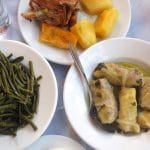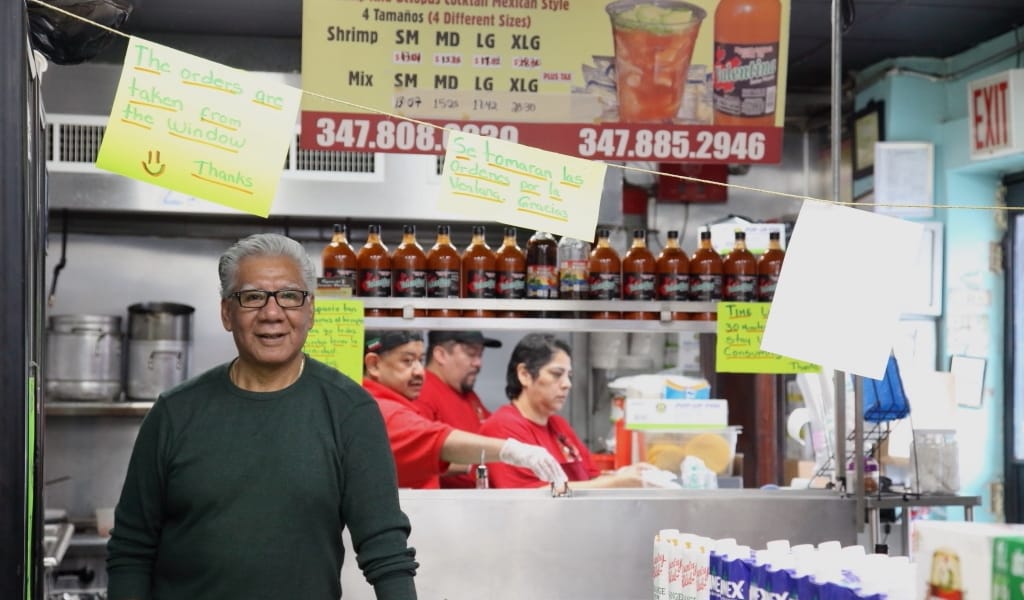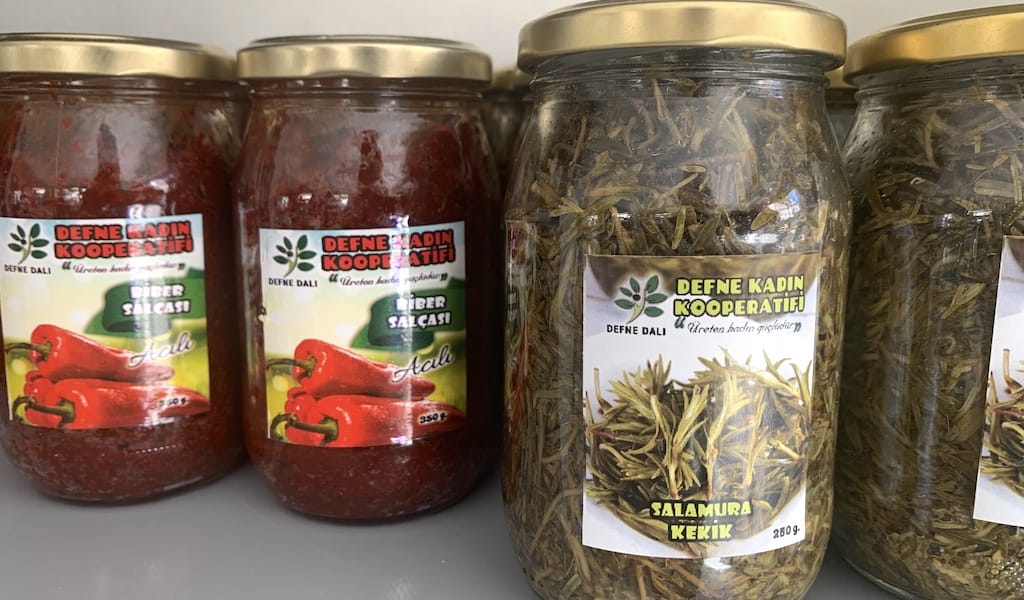The story of how Queens transformed into a microcosm of the world’s cuisines is just as fascinating and important as those of the cuisines’ creators. The borough is one of the most diverse places on the planet, with over 120 countries represented and 135 languages officially spoken in the public school system. The cause? The Immigration and Nationality Act of 1965.
From the Colonial period to the early 20th century, immigrants to the U.S. were mainly northern Europeans. Soon after the Immigration Act of 1924 passed, a national origins quota system dictated migration patterns. The Act allowed unlimited northern European entry, limited southern Europeans with quotas and excluded Asians, Africans, Hawaiians, Puerto Ricans and Alaskans.
The Civil Rights movement challenged many unlawful practices related to segregation, including unfair immigration laws. Queens’s demographics today are a direct reflection of the struggle, led by longtime Civil Rights activists, for more just treatment for all citizens and more equitable immigration policies. President John F. Kennedy was one of the first political leaders to challenge the immigration laws. After his assassination, President Lyndon B. Johnson took up the cause, signing the Immigration and Nationality bill into law on October 3, 1965, and stating that this “is one of the most important acts of this congress and of this administration. It does repair a very deep and painful flaw in the fabric of American justice. It corrects a cruel and enduring wrong in the conduct of the American nation….This is a simple test, and it is a fair test. Those who can contribute most to this country – to its growth, to its strength, to its spirit – will be the first that are admitted to this land.”
The 1965 Act changed Queens just like it did the rest of the country. Home to about 2.3 million people, Queens includes the highest fraction (35.5 percent) of foreign-born residents of all the boroughs. It is the most ethnically heterogeneous and, for a number of indicators, is likely the most diverse county nationwide.
The neighborhoods with the largest foreign-born populations include Jackson Heights, Elmhurst, Corona, Flushing, Forest Hills and South Ozone Park. To lay the foundation for our year of exploration, we first focused on the languages spoke in the most diverse neighborhoods of Queens. In each of the six neighborhoods, English, Spanish and Chinese dialects dominate (see the map to the left).
Once we excluded English, Spanish and Chinese dialects from the data, another layer of languages emerge. In Jackson Heights, for example, there are Other Indic, Hindi, Urdu, Russian, Other Asian, Tagalog, Greek, Korean, Portuguese and Arabic also spoken in the neighborhood. (India alone has 23 constitutionally recognized languages that accounts for some of the Other Indic category).
In Jackson Heights, the five top countries of origin for the residents are Ecuador, Colombia, Mexico, Bangladesh and China, in descending order. South Ozone Park’s top five, on the other hand, are Guyana, Trinidad and Tobago, India, the Dominican Republic and Ecuador. In each of these six neighborhoods, except South Ozone Park, residents from Latin America and China predominate.
The cultural mix here is deep. Setting aside the English-, Spanish- and Chinese-speaking populations, where do the other immigrant communities come from? Based on the census data, Forest Hills, for example, includes immigrants from Russia, Uzbekistan, India, Ukraine, Israel, Poland, Japan and Korea. Corona is heavily Latin American and also includes a sizeable Indian and Bangladeshi presence too.
The world truly is in Queens.
To read the rest of the “Queens Migrant Kitchens” stories, click here.
(Additional funding for this piece was provided by the Buenas Obras Fund)
Published on February 15, 2016
Related stories
January 21, 2019
AthensThe most characteristic Greek dishes, the ones all Greeks know from their mothers and miss when away from home, are known as tis katsarolas, or “of the pot.” They can be meat stews or vegetable stews, often cooked with generous amounts of olive oil. Although one can find these dishes in many tavernas and restaurants…
July 12, 2023
QueensFor more than a decade, Pedro Rodriguez has earned a loyal following at La Esquina del Camarón Mexicano, currently in Jackson Heights, for his cócteles. Literally "cocktails" featuring shrimp or other seafood, Pedro's are fashioned in the style of Veracruz, a port city on the Gulf of Mexico. He's visited Veracruz just once, however, and…
August 13, 2020
Istanbul | By Lorenza Mussini
IstanbulIn Kadıköy Kooperatifi, located on a residential street in Moda, a peaceful, almost sacred atmosphere reigns supreme. It’s a modest and sober place – quite different from the retail experience we’re accustomed to nowadays – but by no means dull. For months we had heard bits and pieces about the shop – a cooperative selling goods…
















































































